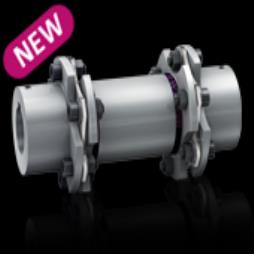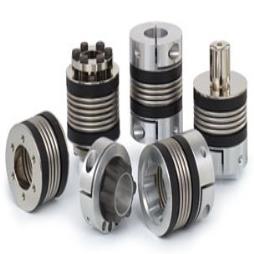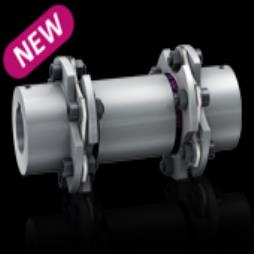Don't be swayed by fashion... Choose the most appropriate drive for the application
25-03-2014
Clearly they have an important contribution to make but they are not necessarily the right choice for all applications. A mechanical solution may not be as technically exciting but in many cases it can be more reliable, more accurate and far more cost efficient in the long run.
Electronic servo drives are certainly in vogue. For many design engineers, they are the preferred choice for systems which synchronise and co?ordinate the movement and position of fast moving components. Clearly they have an important contribution to make but they are not necessarily the right choice for all applications. A mechanical solution may not be as technically exciting but in many cases it can be more reliable, more accurate and far more cost efficient in the long run.
Mechanical drives are often seen as old fashioned and low tech. In truth they are the subject of much development. The fact is mechanical drives are increasingly getting better and those at the quality end of the scale are now able to deliver even greater accuracy and reliability. More accurate machining of components, more durable materials, higher quality bearings, new methods of heat treatment and in particular vacuum hardening which effectively eliminates any distortion ? all these elements have contributed to the significant improvement.
The electronic drive is often sold on the basis of it being more accurate than its mechanical counterpart. Certainly mediocre quality mechanical drives may be inferior but those at the higher end of the quality scale can far exceed the accuracy of the electronic drive. The main benefit of a largely mechanical system ? one comprising line shafts and bevel gear boxes ? is that its accuracy is maintained throughout the system. Basically, what you put in at one end, you get out the other! Within one revolution a mechanical drive will always repeat itself, it will always return to its original position. Of course the transmission error of a geared system must be considered, but this can be measured. It is a known quantity for which compensation can be made.
In a multi?stage process driven by electronic drives, the relationship between the position of the product and various elements of the machine is fed back to the controller by a variety of peripheral sensors. The system is therefore far more complicated and often servo motors cannot respond fast enough to achieve the required degree of accuracy. By its very nature, an electronic drive system will only respond to where the product was in relation to the drive, not where it is.
There are however, applications where a single electronic drive offers advantages over a single mechanical drive. If you need fast response and where the application involves changes in motion, the electronic drive is the best choice. It is ideal for replacing cams and for applications which require high torque for fast acceleration and braking. However, if the whole system requires high torque, the electronic drive and motor will need to be large and may be very expensive. In this case a motor/gearbox solution will produce high torque far more cost?effectively. Electronic drives are also limited when it comes to providing high torque at low speed; gearbox speed reduction is the only viable solution.
Electronic drives are often chosen for machines used to produce or process a number of different products. Stored set?up data can be quickly called?up to re?set the machine with changed parameters. But an electronic drive does not always have to be the foregone conclusion. Speed modulation or phasing gearboxes are extensively used in packaging machinery. These gearboxes allow adjustments to be made in machine set?up to accommodate different product and package sizes at a much lower cost than having all components being driven and controlled electronically.
Although the cost of servo drives is certainly reducing, they remain expensive in relation to mechanical drives. One of the main cost penalties is the programming back?up they require. In fairness, the majority of good servo drive suppliers do offer this service but help is not always readily at hand in the middle of the night shift! Also when problems occur in an electronically driven system it can be difficult to know where to start. A largely mechanical system is much more simple and user?friendly. A problem is easier to track down.
Given the right application, there is no longer any reason for an electronic drive to be dismissed on the grounds of unreliability. They are certainly becoming more reliable. However, if maintained properly, a mechanical system can be highly reliable and maintain the same level of accuracy over many years. Again, we need to remember that a mechanical drive will always accurately repeat itself per revolution and that its accuracy can be measured. This assurance allows an OEM to predict its own product accuracy with full confidence.
So, what of the future? Will the electronic drive continue to grow in popularity? Gearless systems may sound Utopian but are they realistic, or even warranted? The astute design engineer will recognise that whilst the electronic drive has its merits, so does the mechanical drive and a combination of the two in most multi?stage systems invariably provides the best solution.
In printing presses, many manufacturers have redesigned machines with the mechanical drives being replaced with servos. Some are now moving back to high quality geared drives, with line shafts and gearboxes for critical elements such as print units, whilst retaining servos for unwinds, rewinds and tension control.
The best machines will use a combination of mechanical and servo elements. When it comes to selecting drives, it's horses for courses. Look at all the alternatives and don't just go for the 'flavour of the month'!




